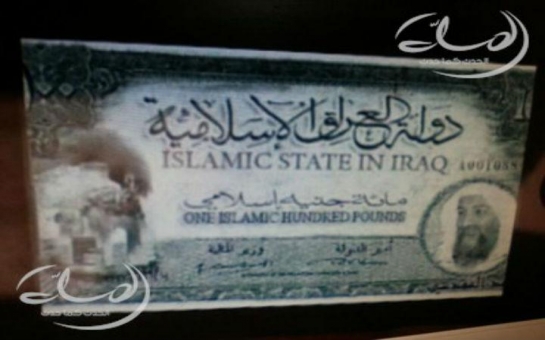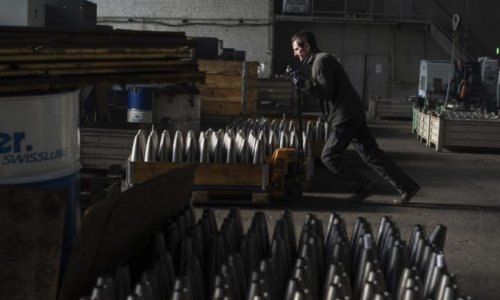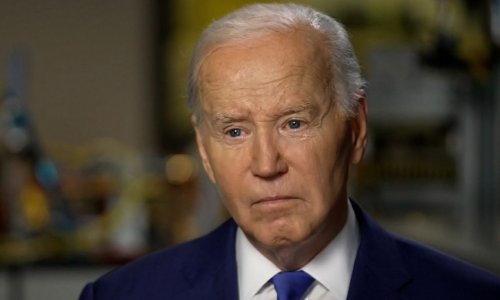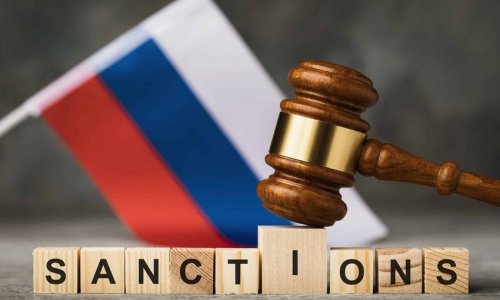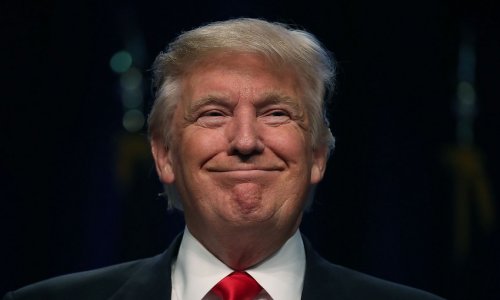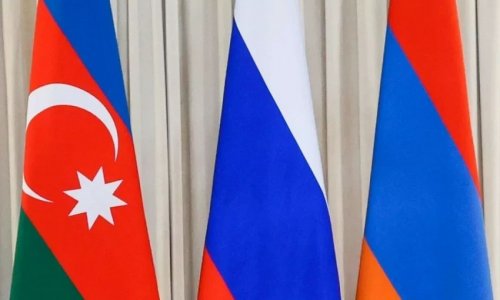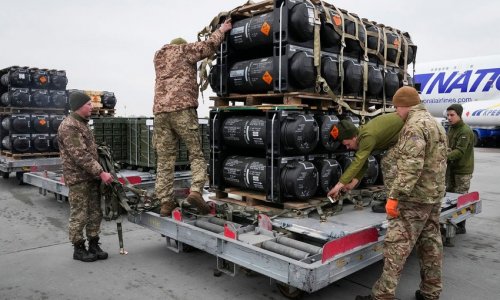ISIS has since seen rival opposition groups turn against it, lost one of its top military commanders, and been expelled from al Qaeda. Then came the news that an ISIS operative in Iraq killed himself and 21 would-be suicide bombers in a bomb-making lesson gone wrong. But if ISIS has lost some of its military momentum in recent weeks, it may have taken an important -- if largely symbolic -- step toward sovereignty: issuing official banknotes, which are reportedly in circulation in Anbar.Unfortunately for ISIS, the whole thing is almost certainly a hoax. Here's why:1. ISIS got its own name wrong.The banknote is marked "Islamic State in Iraq" in both English and Arabic, but the group's official name is the Islamic State of Iraq and al-Sham. According to Adam Heffez, a researcher at the Washington Institute for Near East Policy, "ISIS lately has tried to maintain its footprint in the Levant in light of recent events, so it seems unlikely that they would exclude 'Al-Sham' from this note." 2. Pounds versus dinars.
The supposed ISIS banknote is worth "one Islamic hundred pounds." But as various experts have pointed out, the Iraqi currency is the dinar. Maybe ISIS is trying to make a larger statement by abandoning the dinar, but it seems more likely that the author of this hoax simply made a careless mistake. And that isn't the only mistake: As far as translations go, the syntax of "one Islamic hundred pounds" is just awful.
3. The note uses both Arabic and English.
Al Qaeda hasn't shied away from using English in its propaganda efforts -- Al Qaeda in the Arabian Peninsula, for example, publishes an English-language magazine called Inspire -- but would ISIS really use the language of the enemy on something as symbolically important as currency? More likely our forger wanted to make sure he got Western attention. 4. It looks suspiciously like Palestinian currency.
As the BBC has pointed out, the bank note is virtually identical to a 100-pound Palestinian bill -- save for the likeness of Osama Bin Laden, who is Photoshopped into the lower right-hand corner -- and even shares the same serial number as one pictured on Wikipedia.5. Missing statement of Tawheed.According to Heffez, "ISIS's defining image is the declaration of belief in the Tawheed or unity of Allah. Tawheed is what divides people who practice iman (belief) from people who commit kufr (heresy)." Since the declaration is on ISIS's insignia and other documents it has produced, its absence on the banknote raises even more serious questions about the currency's authenticity. (foreignpolicy.com)ANN.Az

